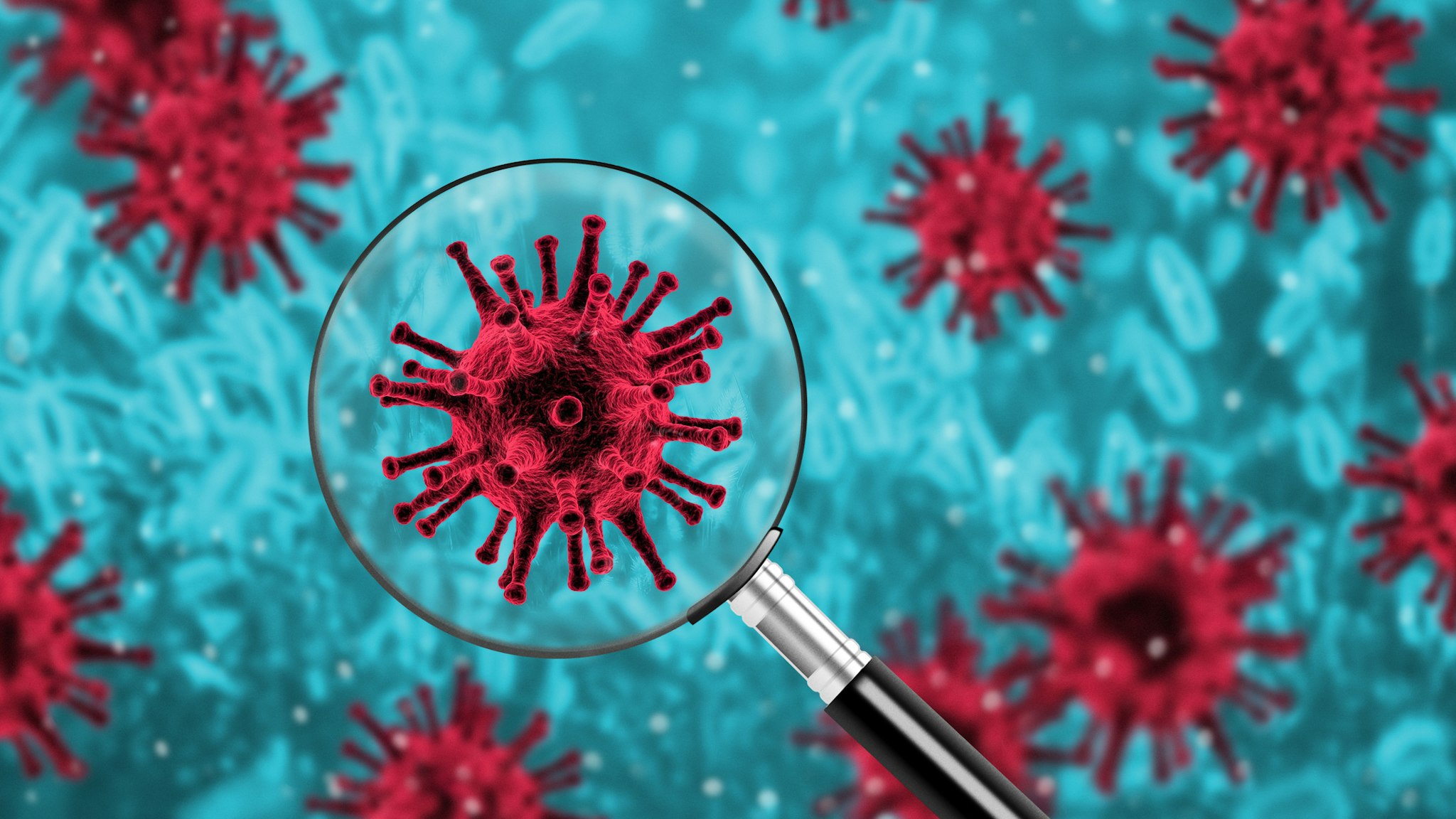On Tuesday, professors of medicine at Stanford University, Dr. Bendavid and Dr. Bhattacharya, released statistical data that shows the estimated death rates of the novel coronavirus, or COVID-19, are likely “orders of magnitude too high.”
Models that have been used by government officials project that million of Americans, 2.2-4 million, will perish from COVID-19 if no precautions are taken, peaking in June.
But after looking at data samples from places like Wuhan, China, where the virus originated, hard-hit northeast Italy, Iceland, and the United States, our nation may be looking at a .01 death rate, which is a ten-fold lower death rate than that of the flu and equating to some 20,000-40,000 deaths total, the study found.
“The true fatality rate is the portion of those infected who die, not the deaths from identified positive cases,” the doctors explained in the piece published at The Wall Street Journal on Tuesday. “The latter rate is misleading because of selection bias in testing,” which “could make the difference between an epidemic that kills 20,000 and one that kills two million.”
“If the number of actual infections is much larger than the number of cases—orders of magnitude larger—then the true fatality rate is much lower as well,” the duo said. “That’s not only plausible but likely based on what we know so far.”
Focusing on Wuhan data, Dr. Bendavid and Dr. Bhattacharya said that just 0.9% of evacuees were infected from COVID-19.
“If this was the prevalence in the greater Wuhan area on Jan. 31, then, with a population of about 20 million, greater Wuhan had 178,000 infections, about 30-fold more than the number of reported cases,” they summarized, thus making the fatality rate “at least 10-fold lower than estimates based on reported cases.”
Here’s what they found in Northeast Italy, emphasis added:

